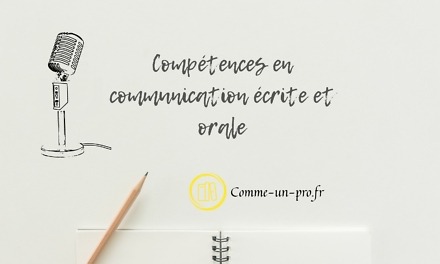It is important to know how to write well at work and to avoid mistakes and bad wording. To do this, the best solution is to take the time to reread after you have finished writing. Although this is most often a neglected step, it plays a vital role in the quality of the final text. Here are some tips for reading well.
Proofread for text
It is a question here of rereading in a global way at first. This will be an opportunity to put the text in your head in its entirety and to check the relevance of the various ideas as well as the organization of these. This is usually called background reading and it helps to ensure that the text makes sense.
Proofreading sentences
After reading the entire text, you will need to move on to reading the sentences. This step aims to clarify the different sentences while making improvements to the expressions used.
You will therefore pay attention to the structure of your sentences and try to limit sentences that are too long. The ideal would be to have sentences between 15 to 20 words at most. When the phase is longer than 30 words, it becomes difficult to read and understand.
So when you are faced with long sentences during your proofreading, you have two options. The first is to split the sentence in two. The second is to use logical connectors also called “tool words” in order to create consistency between your sentences.
In addition, it is advisable to avoid passive sentences and to favor the active voice.
Check word usage
You also need to make sure you've used the right words in the right places. Here, it is imperative to use vocabulary specific to the professional field. In this sense, you should use words related to your field of activity. However, you should focus on words that are known, short and explicit.
Know that simple, easy-to-understand words make the message more precise. You will therefore be sure that readers will easily understand your text. On the other hand, when you use long or rare words, the readability will be deeply affected.
Also, remember to put the most essential words at the beginning of the sentence. Studies have shown that readers remember words at the beginning of sentences more.
Proofread for standards and conventions
You should do your best to correct grammatical agreements, spelling errors, accents, and punctuation. Indeed, the studies already cited have shown that spelling is discriminatory. In other words, you risk being misjudged or badly perceived by your readers if your text contains errors.
Another option is to use corrective software to remedy certain errors. However, they should be used with great care as they may have limitations in terms of syntax or grammar. Therefore, they should not be completely trusted.
Finally, read your text aloud so you can spot any wrong-sounding sentences, repetitions, and syntax issues.





